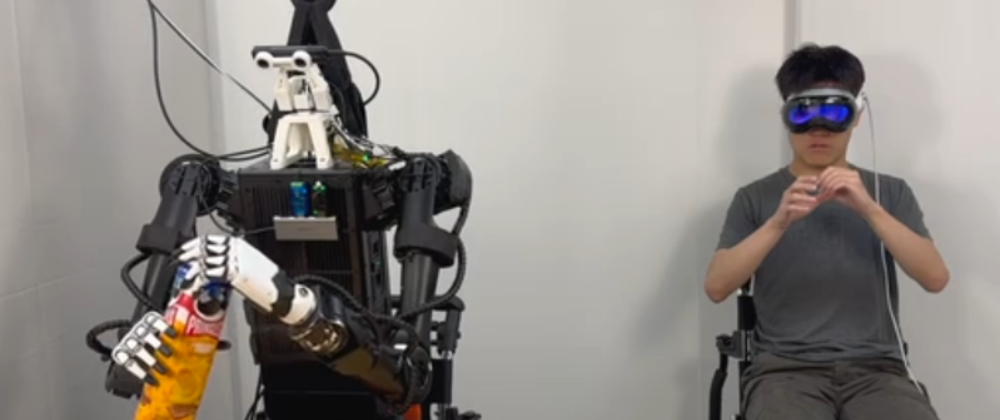Researchers are exploring a novel approach to telepresence that combines humanoid robots with virtual reality (VR) technology. This innovative concept aims to enhance remote communication and interaction by creating a more immersive experience for users in different locations.
The project leverages advancements in robotics and VR to create a seamless interface. Humanoid robots can be controlled remotely, allowing users to navigate and interact within a physical space while experiencing the environment through a VR headset. This dual approach overcomes the limitations of traditional video conferencing by providing a sense of presence and engagement.
The potential applications for this technology are vast. In educational settings, teachers could use humanoid robots to interact with students in different locations, delivering lessons in a more engaging manner. In healthcare, doctors could consult with patients remotely, providing a more personal touch to telemedicine. Additionally, businesses could utilize this technology for remote meetings, enhancing collaboration among teams spread across different regions.
While the concept is promising, there are several challenges to address. Technical issues, such as latency and bandwidth limitations, could impact the quality of the experience. Furthermore, the design and functionality of humanoid robots must be refined to ensure they can effectively represent human interactions.
As advancements continue in both robotics and VR, the integration of these systems is expected to improve, making telepresence more accessible and effective. The goal is to create a platform that not only enhances communication but also fosters a sense of connection among users, regardless of their physical location.
The re-imagining of telepresence through humanoid robots and VR headsets presents an exciting frontier in remote communication. By merging physical and virtual interactions, this technology has the potential to transform how we connect with others, making remote experiences more engaging and lifelike.






Latest comments (0)